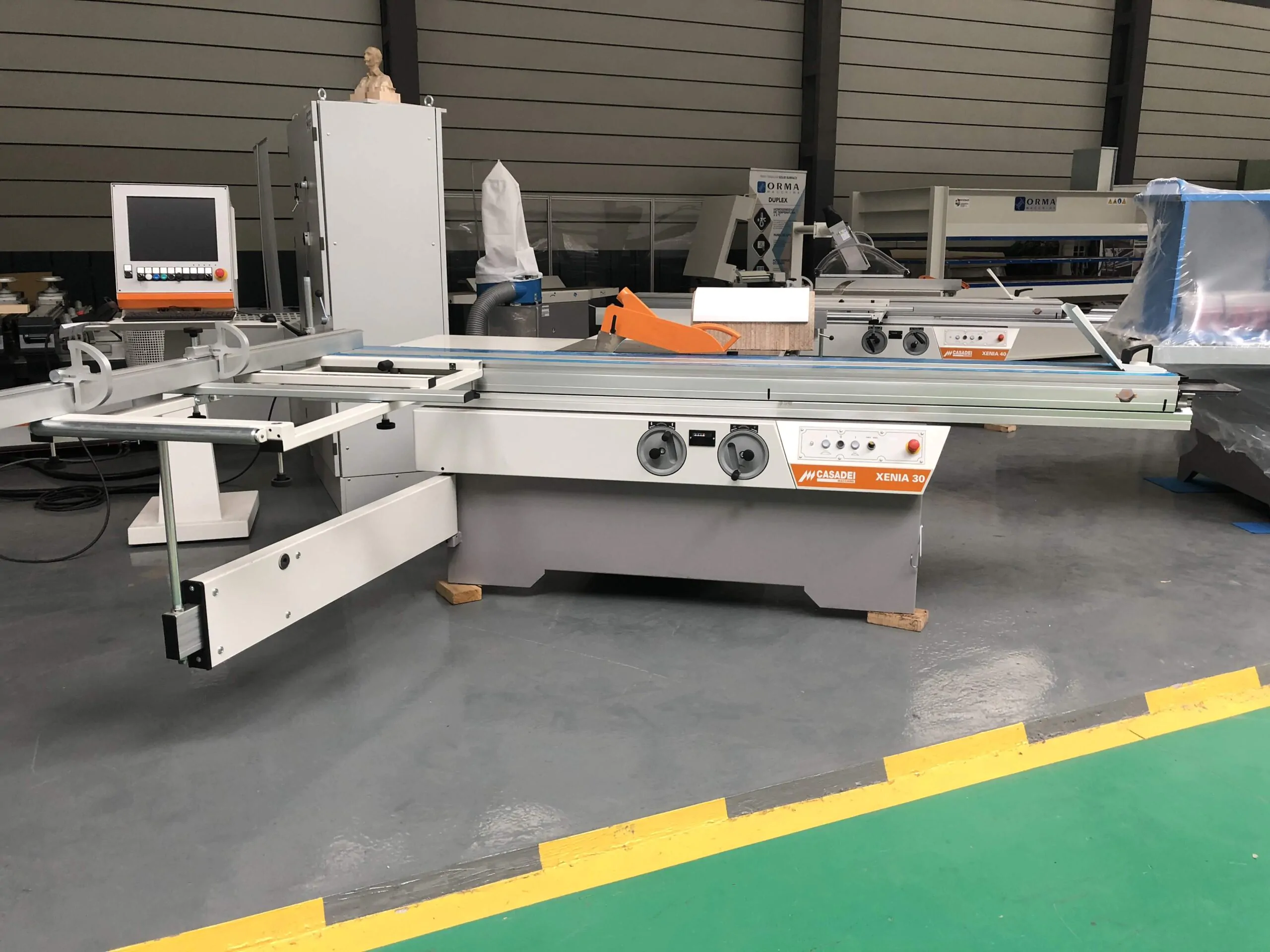[[data.name.value]]
[[metadata.defaultData.name]]
[[data.title.value]],
[[metadata.defaultData.title]],
[[data.company.value]]
[[metadata.defaultData.company]]

What Is a Typical Maintenance Schedule for Woodworking Machinery
Woodworking machinery plays a key role in workshops and manufacturing units. Regular maintenance is essential to keep the equipment running efficiently and prevent breakdowns. Without proper care, machines can suffer from wear and tear, reducing their lifespan and accuracy. Following a structured maintenance schedule can help operators get the best performance from their tools while ensuring safety in the workspace.

Typical Maintenance Schedule for Woodworking Machinery
Daily Maintenance Tasks
Daily maintenance keeps woodworking machinery in optimal working condition. Operators should begin each shift with a quick visual inspection. Dust and debris accumulation is common, so cleaning surfaces, blades, and moving parts should be a priority. Lubrication of necessary components, such as bearings and gears, prevents excessive friction. Checking for loose bolts and worn-out parts can prevent minor issues from turning into costly repairs.
Weekly Maintenance Routine
A more detailed inspection should be done every week. This includes examining belts for signs of wear and checking blade sharpness. Dull blades can lead to inefficient cuts and strain on the motor. The dust collection system should also be checked to confirm it is functioning properly. Excessive dust not only affects performance but also poses health risks. Additionally, testing emergency stops and safety guards can help prevent workplace accidents.
Monthly Preventive Measures
Every month, operators should conduct a thorough evaluation of the machinery. This includes aligning components such as fences, guides, and tables to maintain precision. Lubrication points should be reviewed, and any dried-up grease should be replaced. Electrical connections need to be inspected to detect any loose wiring that could lead to hazards. For maquinaria para madera, it is also important to check motor performance and cooling fans to avoid overheating.
Quarterly Maintenance Checklist
A deeper inspection should take place every three months. Bearings and pulleys should be checked for proper alignment, as misalignment can reduce efficiency. Any hydraulic or pneumatic components should be tested for leaks or loss of pressure. Drive chains and gears must be examined for excessive wear, and if necessary, replacements should be made to prevent unexpected downtime.
Yearly Overhaul and Inspection
Once a year, a complete overhaul of the machinery should be performed. This includes disassembling key components for a detailed check-up. The main frame and structural parts should be inspected for any cracks or weaknesses. If software controls are used, updates and recalibrations should be carried out. For high-use machinery, a professional technician may be required to assess overall performance and recommend necessary part replacements.
Final Thoughts
A structured maintenance routine is essential for anyone working with woodworking equipment. Whether it’s daily cleaning or an annual inspection, each step contributes to the overall efficiency, safety, and longevity of the machinery. Investing time in routine care prevents costly repairs and keeps machines performing at their best. For those working with maquinaria para madera, following a regular maintenance plan is a practical way to improve productivity and maintain high-quality results.
Read more
Read less
[[ metadata.translations.contactme ]]